The School for Good and Evil
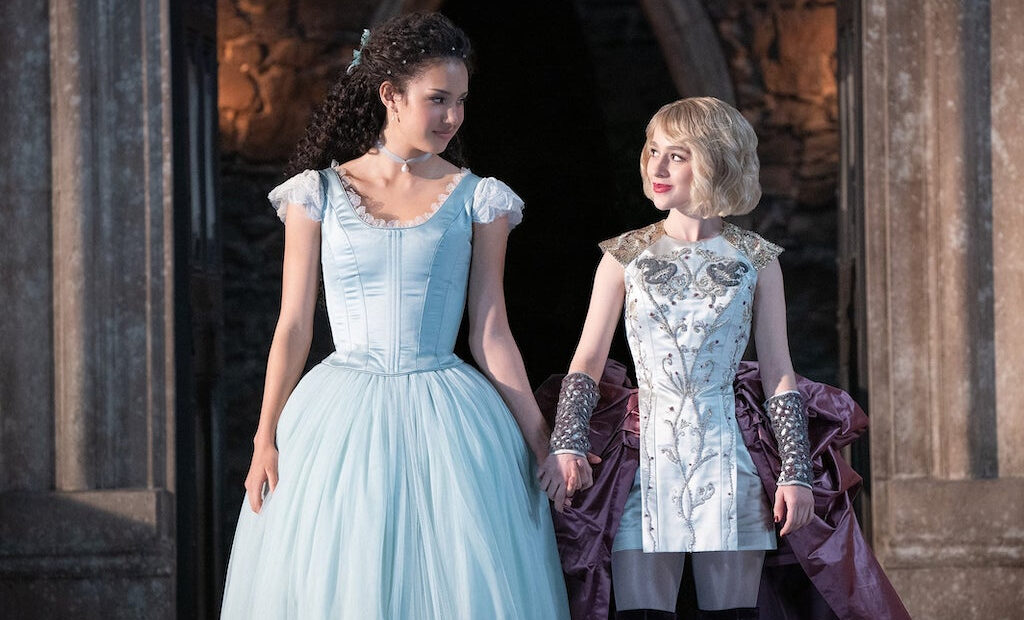
To a degree, The School for Good and Evil is to fantasy what Cabin in the Woods was to horror: a very postmodern attempt to deconstruct a genre, lay its mechanisms bare, and glue the parts back together to create something that is both of its kind and about it. Cabin in the Woods had a wit and a razor sharp screenplay going for it, but had the drawback of not being scary enough. Paul Feig’s The School for Good and Evil has a loose, stuffy script pulling it into the blackhole of mediocrity, while suffering from being too scary for the function it otherwise may have fulfilled – to occupy the kids for 150 minutes.
Based on the first of Soman Chainani’s six fantasy novels, the film’s titular school is an ancient institution founded by brothers Rhian and Rafal (both played by Kit Young), whose purpose is to train its students to embody the necessary characteristics of fairytale heroes and villains. An opening battle sequence between the two brothers for control of the entirety of the school’s magic sets the tone for brash spectacle brought to life with poorly executed CGI (no doubt another criminally overworked VFX department) that characterises the production. It also introduces the duality at the heart of most epic fantasy tales. This time, however, it’s presented in unabashed, metaphysical postmodernity.
Cut to fairytale village Gavaldon, on the kind of set where you’d expect to see Andy Millman preparing for an altercation with Warwick Davies – so much so, in fact, that one begins to wonder if the artifice is part of the movie’s thematic idiosyncrasy. Here are best friends Sophie (Sophia Anne Caruso) and Agatha (Sofia Wylie) – at first glance, polar opposites – who hate their town for different reasons: Sophie is obsessed with the virtue of fairytale heroes and heroines, longing to transcend to a higher plane of celestial glamour, while Agatha is ostracised by Gavaldon’s locals, who accuse her and her mother of witchcraft. When Sophie learns of the school, she begins to write letters in the hope of being granted admittance. In a twist of fate, she and Agatha end up being flown there by a giant bird. In what seems like an administrative error, however, Sophie is dropped into the school for evil, and Agatha into its counterpart.
After rattling around from location to location like a kind of fantasy genre The Gray Man, the film settles into the milieu of the grandiose school, morphing from the cottagey quaintness of Gavaldon to an angsty high-school teen flick, where the sweeping fantasy score of Theodore Shapiro makes way for the disquieting drawl of Billie Eilish.
It’s not without its bursts of energy (underused Peter Serafinowicz gives a standout performance as Yuba, the school’s wood survival expert, a gnome with a charming enthusiasm for his work), but it never quite settles on what it wants to be. Is it a child-friendly warning against dividing people into arbitrary camps? Is it a high-school romcom for teenagers, in the mould of Ten Things I Hate About You? Or is it a satirical deconstruction of fantasy clichés that works best for those who grew up with Harry Potter and Lord of the Rings? These are questions The School for Good and Evil never gets to grips with, with tonal strands that seem to be competing against each other, rather than forming a cohesive storytelling unit.
This is one of the reasons the film feels irredeemably overstuffed, erratically paced, and, at two and a half hours, criminally overlong. Fear not, though, as just before the credits roll, viewers are promised that this is not the end – only the beginning. At least they have five more chances to get it right.
Matthew McMillan
The School for Good and Evil is released on Netflix on 19th October 2022.
Watch the trailer for The School for Good and Evil here:

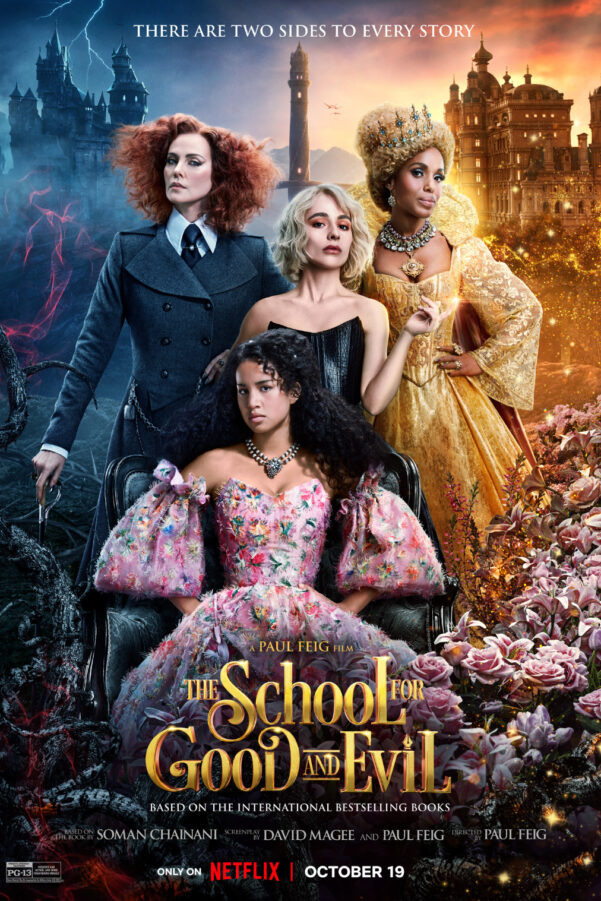
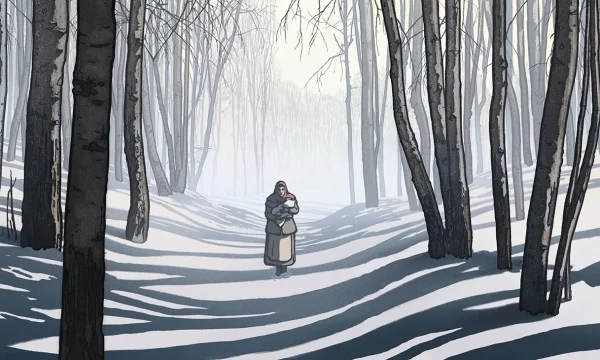
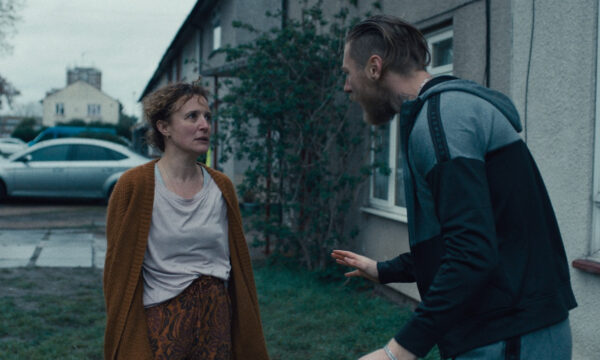
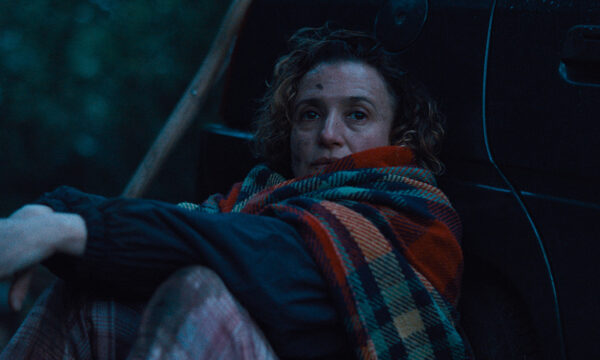
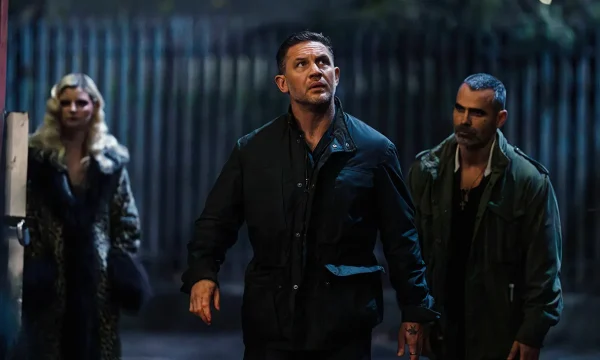
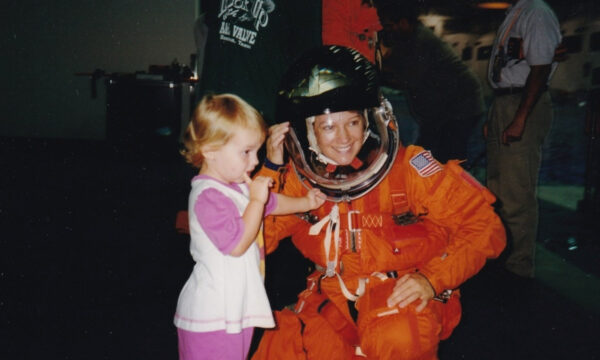
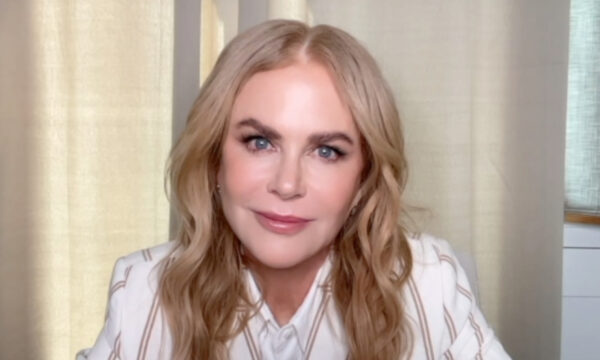
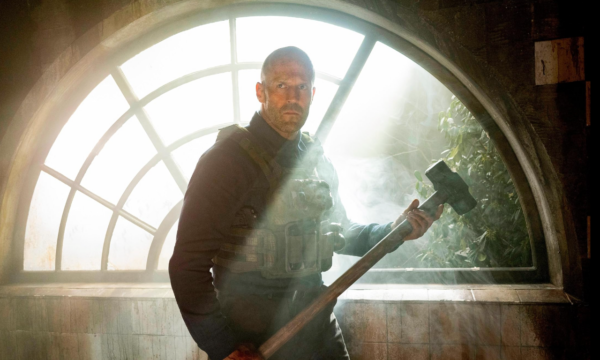
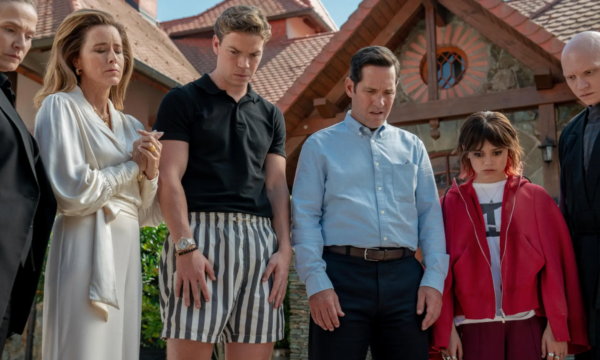








Facebook
Twitter
Instagram
YouTube
RSS